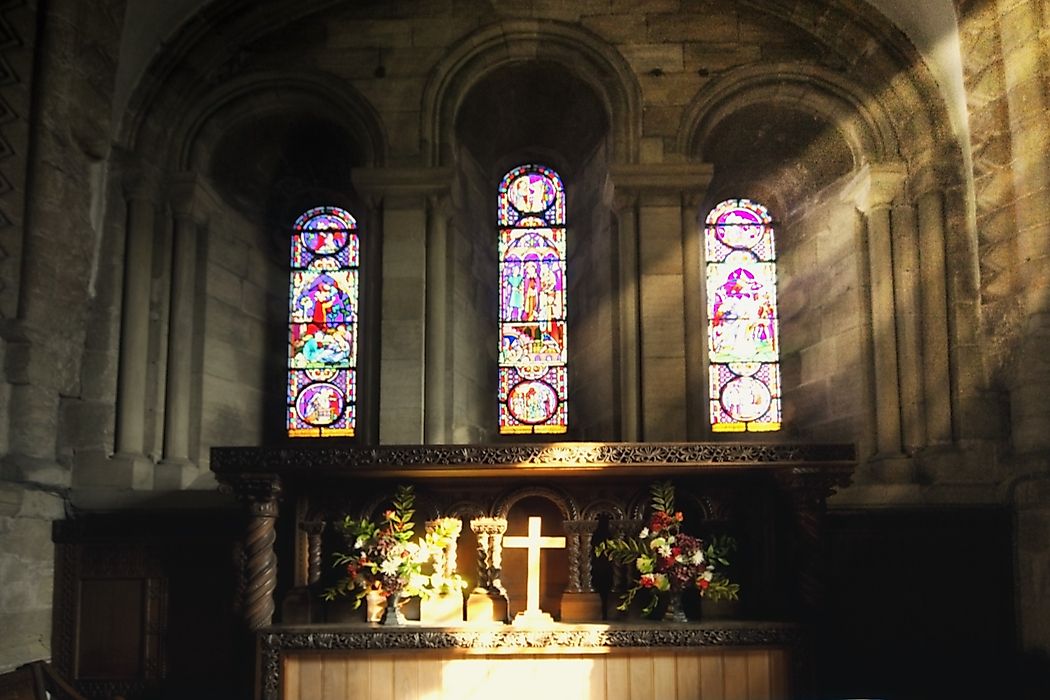
The History Of The Christian Cross
Symbols are tools to convey ideas and beliefs. While symbols are a part of our everyday life, some symbols provoke profound human emotions. Two bars perpendicular to each other create one of the most iconic geometrical figures in human history. The Cross has been a symbol for centuries, used across cultures in mathematics, architecture, religion, and art. The ancient symbol is specifically associated with Christianity and the crucifixion of Jesus.
Although the exact time the Cross was made is unknown, the use of the Cross predates Christianity. The symbol dates to one of the earliest periods in human history, the Stone Age. Incisions of crosses were even found in Petroglyph drawings on European caves.
Ancient Forms
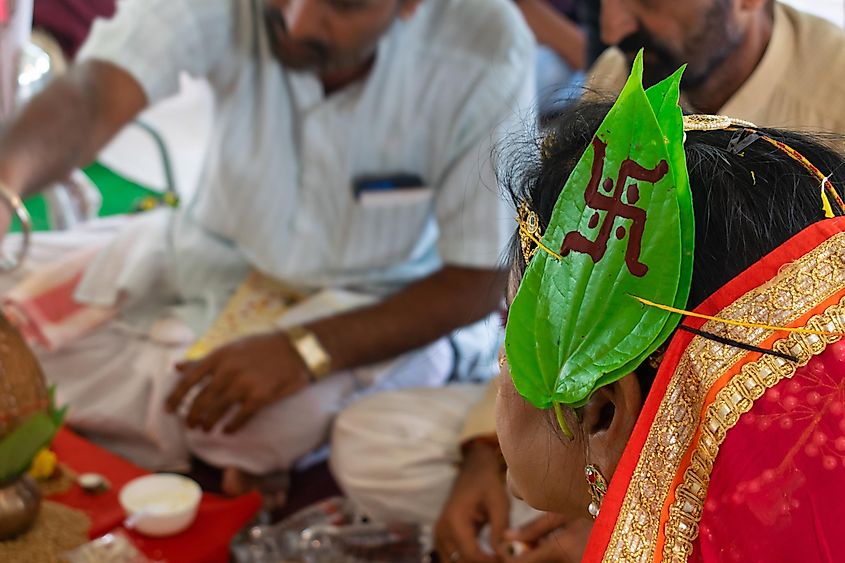
The Cross took many forms before Christianity imagined the symbol. Two commonly seen forms were the tau cross and the swastika. The swastika first appeared in Eurasia and was adopted by some African and American cultures. The symbol, representing peace and well-being, is a cross with arms that end at right angles, all facing the same rotary direction. The swastika, a significant symbol in Hinduism, also appears in ancient Greek religion, representing Zeus as lightning bolts.
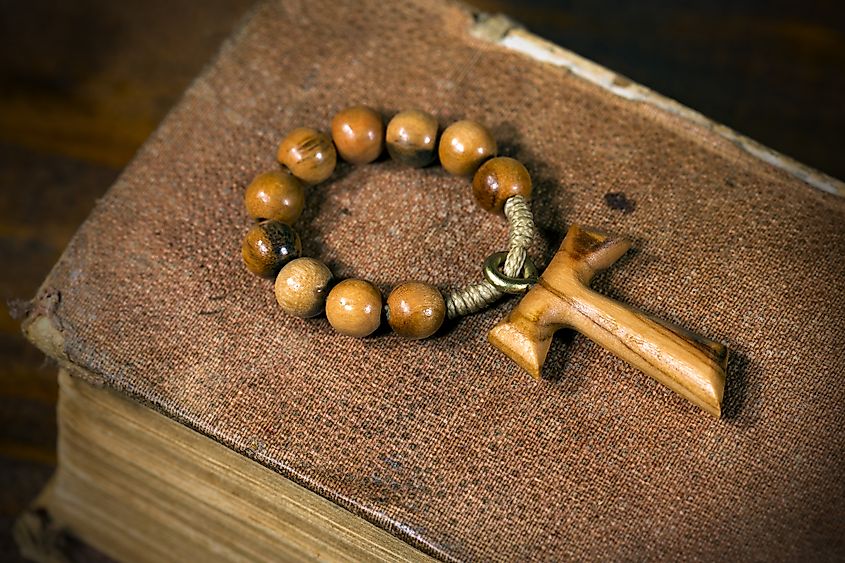
The tau form, also known as the Cross of St Francis, looks like the Greek letter 'T.' Throughout the mythology of ancient civilizations, the tau cross has been a reoccurring symbol. The tau cross represents both the Roman god Mithras, and the Greek god Attis. This symbol also influences astrology as the Taurus bull astrological sign gets its name from the tau cross.
The Egyptian Ankh
One of the first uses of the Cross as a symbol was in ancient Egypt. The ankh, or crux ansata, looked like a cross with a loop at the top. Sometimes the symbol was embellished, but usually, it was a plain gold cross.
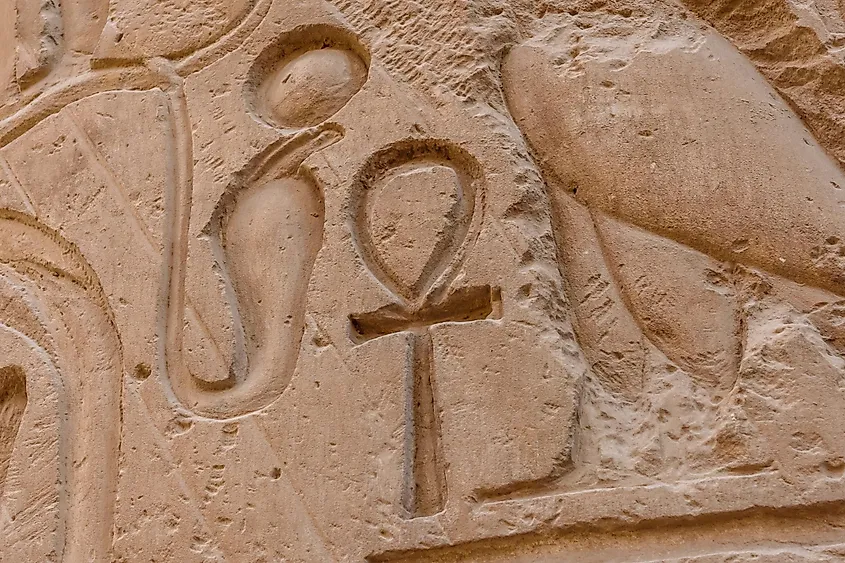
The ankh is one of Egypt's oldest symbols. In ancient Egypt, the ankh symbolized life and was often shown in the hands of the goddess Sekhet. The ancient Egyptians believed people's existence on earth was not their full experience, and after death, they would continue to the afterlife. The ankh represented life, both on earth and in the afterlife.
In the 4th Century CE, Coptic Christians in Egypt took the ankh as an emblem of the Christian Cross. The ankh symbolized Christ's promise of everlasting life to the Coptic Christians. This idea is likely where the idea of the Christian Cross as a symbol of faith comes from today.
Constantine's Role In Popularising The Cross
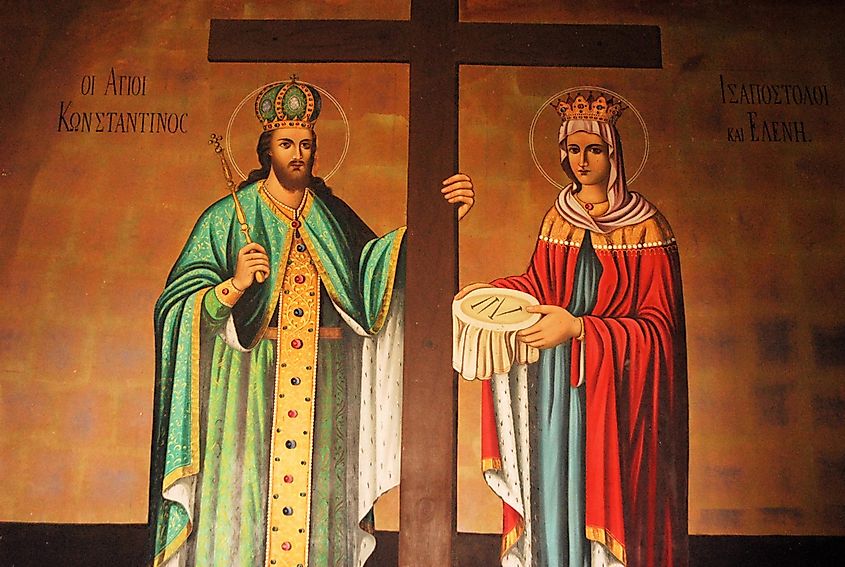
In the Roman Empire, Christianity was outlawed, but there were still believers in the faith. In the Christian community, Christ's Cross was referred to as the "wood of life" and as the "victorious cross." Eventually, under Emperor Constantine's Rule, Christianity was legalized. Emperor Constantine was a pagan who converted to Christianity.
Constantine ordered the excavation of sites where Christ lived and declared the locations "Holy land." During the excavations, a rumor started that Constantine's mother, Helena found pieces of the Cross that were actually from Christ as a sick woman was healed when she touched her with one such piece. A church called the Martyrium was built over what was believed to be Jesus' tomb. The findings of the Cross were celebrated with a feast at the church. The feast day was known as the "Invention of the cross."
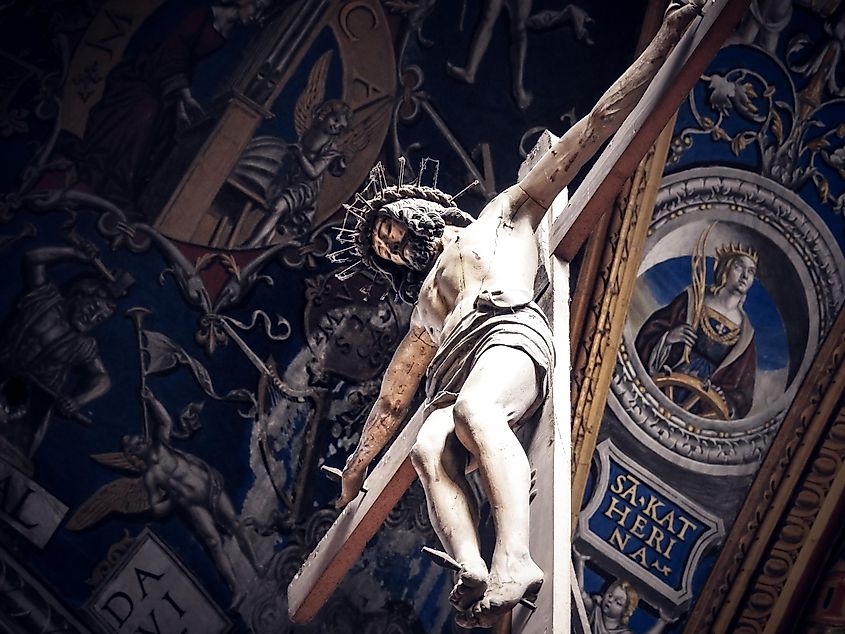
During the fourth and fifth centuries of the Roman Empire, many churches were constructed. During the sixth century, more artists were painting the crucifixion. Sometimes Christ was painted alone on the Cross or with two criminals. However, most often, artists painted Mary and Jesus's apostle, John, on either side of the Cross.
Modern Day Crosses
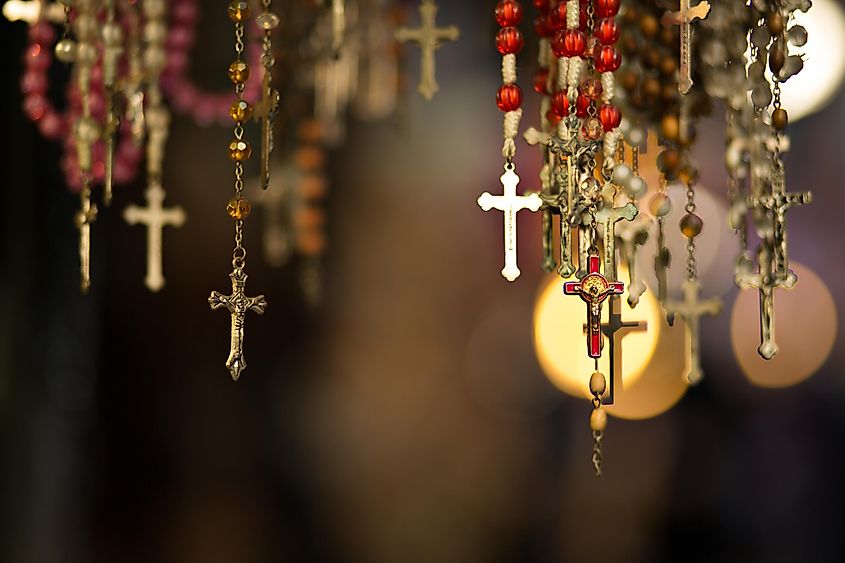
Not all branches of Christianity accepted the Cross as a symbol. For example, during the reformation, the Protestants rejected using the crucifix. They saw it as a human invention instead of a sacred symbol. In Western Christianity, different depictions of the Cross were a source of contention.
Today, the Cross is a Christian symbol used across multiple branches of Christianity, including Catholics and Protestants. Crosses can be seen in church murals, drawn on doors, worn on necklaces or bracelets, and on the tops of church buildings. Some branches of Christianity, such as Catholicism, believe making the sign of the Cross is a way to ward off evil.
Perversions Of The Cross
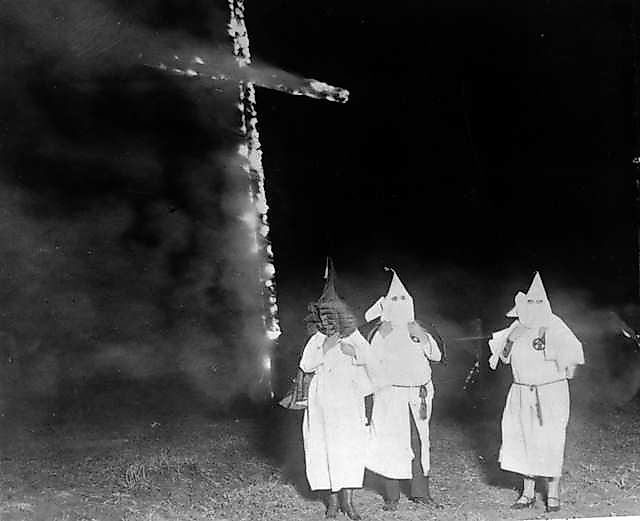
Besides its use in religion, the Cross has been a symbol for activist groups. The Ku Klux Klan would wear white robes and burn crosses on the lawns of African Americans, Jews, or Catholics. Sometimes crosses would also be burned at their meetings.
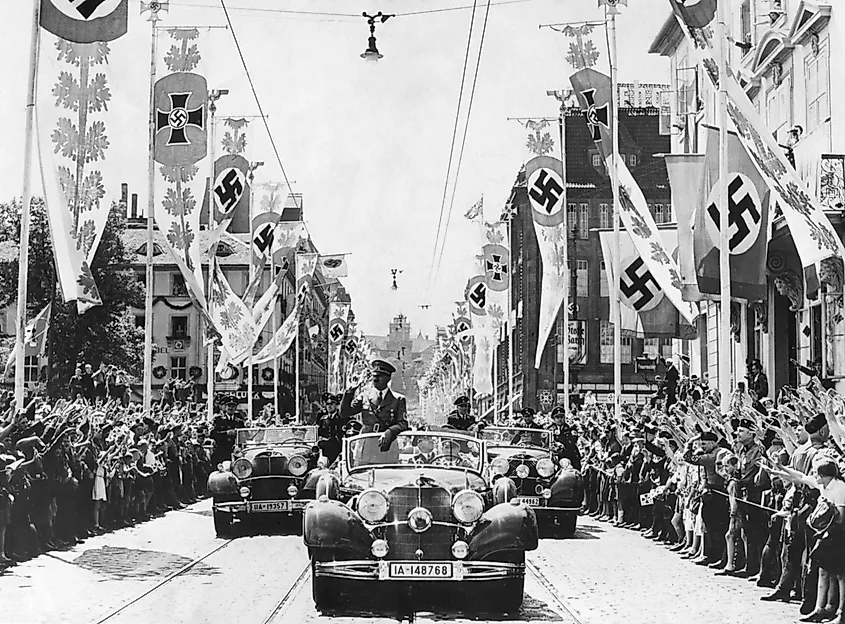
The swastika, an alternate form of the Cross, was used by the Nazi party. Adolph Hitler used the symbol as a monument for a movement that sought to prosecute the Jews.
Throughout history, the Cross has been a symbol of eternal life, well-being, and a source of faith for people. This has both divided populations and brought them together. Today the Cross is a symbol associated with Christianity and the resurrection of Jesus Christ. The resilience of a symbol to withstand societal changes over centuries and still hold significance shows the power of a symbol.











